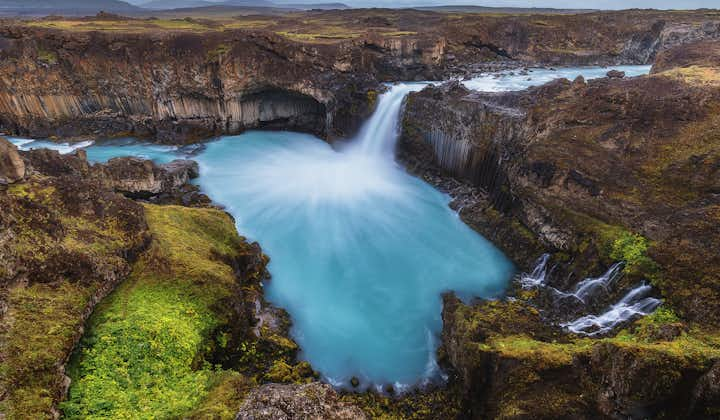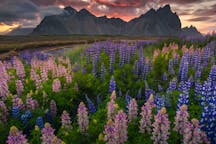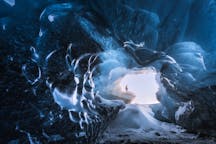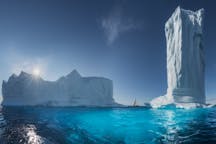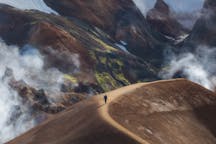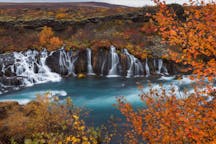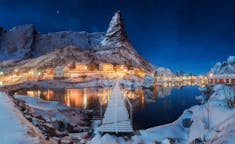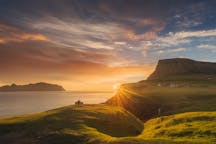13 Day Photo Workshop of Iceland's South Coast & Highlands
Description
Summary
Description
Join this 13-day photography workshop covering the fantastic sites found within Iceland's picturesque South Coast, the Highlands and the majestic North.
Open to all skill levels, this tour is operated by award-winning local photo guides, making it the perfect opportunity for aspiring and professional photographers alike.
This itinerary combines the favourite playgrounds of Icelandic landscape photographers, including Diamond Beach, Jökulsárlón glacier lagoon and beautiful waterfalls like Goðafoss, with the incredible views of the Highlands, a vast and wild region only accessible during the summer.
You will be travelling in a modified 4x4 vehicle to reach the Highlands safely. The car is also capable of traversing rough mountain roads, meaning this tour is an excellent chance to photograph both Iceland's iconic landmarks, as well as those found off the beaten track.
All the while, you will be learning new techniques, ever taking your photography skills to a higher level.
Hurry, and you too can secure your place on this fantastic multi-day photography workshop discovering the very best of Iceland's regions. Check availability by choosing a date.
Included
Map
Attractions
Activities
Daily itinerary

Day 1 - Arrival in Reykjavik

Day 2 - Adventure on the South Coast

Day 3 - Jokulsarlon Glacier Lagoon

Day 4 - Highlands of Iceland

Day 5 - Volcanic Lakes in the Highlands

Day 6 - Landmannalaugar

Day 7 - The Valley of Waterfalls

Day 8 - Sprengisandur Plateau & The Waterfall of the Gods

Day 9 - Lake Myvatn & Dettifoss Waterfall

Day 10 - Icelandic Horses & Turf Houses

Day 11 - Hveravellir Geothermal Valley & The Kerlingarfjoll Mountain Range

Day 12 - Geysir Geothermal Area & Gullfoss Waterfall

Day 13 - Departure Day
Good to know
- We are a local tour operator and travel agency authorised by the tourism board of Iceland.
- We offer small group tours with a maximum group size of 10-12. This way, you’ll get to know your photography guide and we can take you to shoot in unique places that aren’t suitable for larger groups.
- All our guests get a free collection of post-processing videos from our award-winning photographers worth over $1,500.
- On our tours we use comfortable vehicles to safely transport you to amazing locations.
- We are using only the best hotels available in Iceland.
- Our photo tours and workshops are guided by award-winning professional landscape photographers.
- We provide crampons and rubber boots for free to all our guests throughout the tour.
- During the tour, we give highly informative and easy-to-follow photography and post-processing lectures.
- Our photo guides will always help you in the field to make sure you will bring home stunning photos of Iceland.
Disclaimer
We highly recommend that you get a travel and medical insurance. Your own domestic medical insurance and private health scheme will not cover you whilst you are overseas.
The tour is always dependent on weather, as the Icelandic weather can indeed be highly unpredictable. Likewise, visits to ice caves are dependent on favorable conditions, and indeed the ice caves themselves are not permanent. When it comes to the Northern Lights, while they are most likely to be seen between September and April, there is no guarantee that they will appear on a given day.
Departure Schedule
11-23 Jul 2024 - GUIDED BY Norbert Von Niman
11-23 Jul 2025
